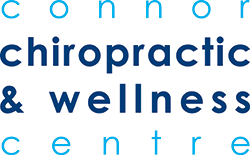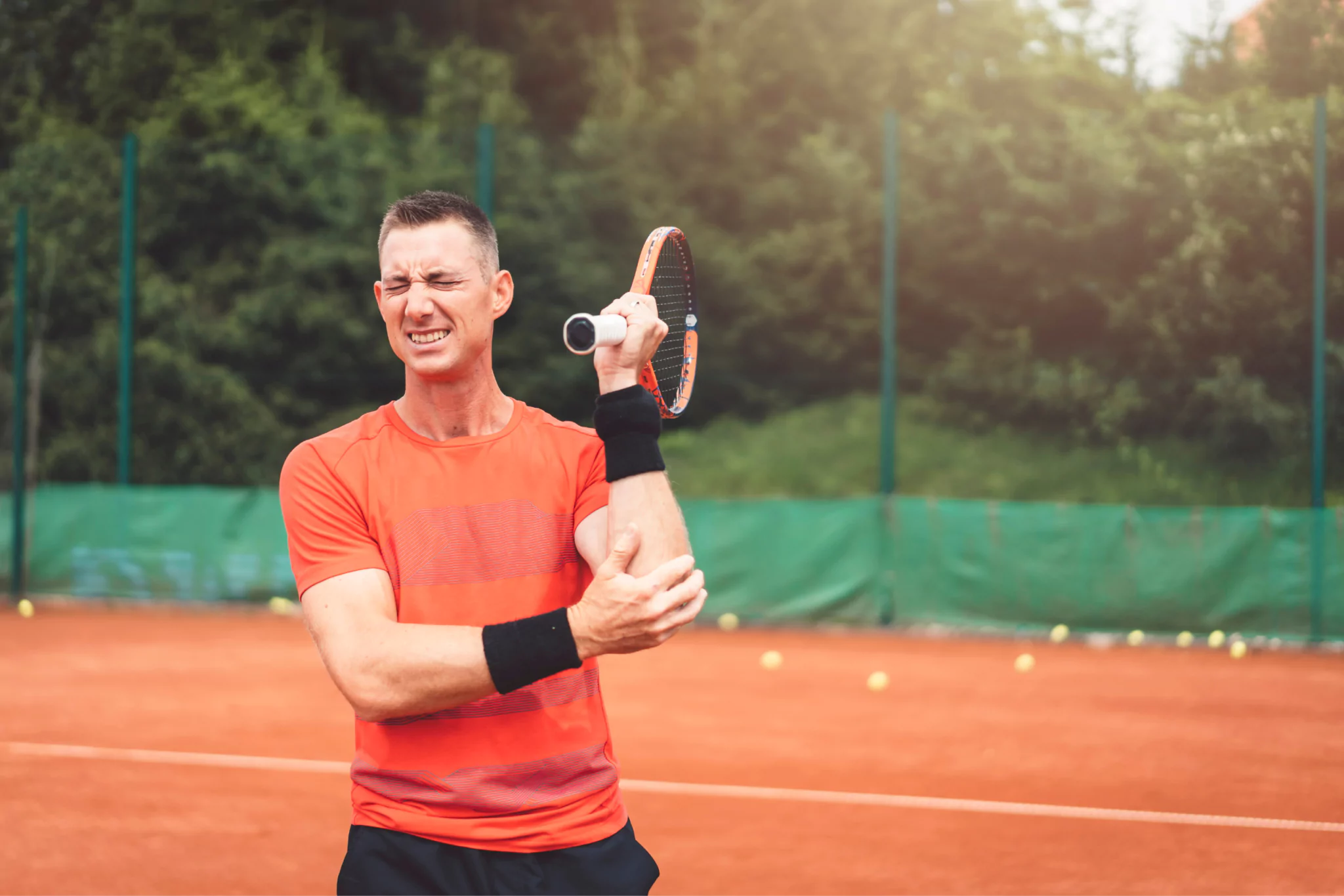Tennis Elbow and Golfers Elbow
Have you heard of or experienced Tennis Elbow or Golfers Elbow? Sports injuries are an unfortunate complication of living an active lifestyle. In Canada the season for golf or outdoor tennis can be short. This means the risk of injury is higher if you don’t properly prepare the tissues for activity. (read more here about how injuries happen).
When looking specifically at tennis and golf one of the most common upper body injuries we treat at the clinic is elbow pain.
The most common culprit of elbow pain in these cases are:
Lateral Epicondylitis: Also known as tennis elbow, this affects the common extensor tendon of the elbow.
Symptoms include: Pain on the outside of the elbow that typically increases with movement and activity. Weakened grip and some may experience pain at night
Medial Epicondylitis: Also known as golfers elbow, this affects the common flexor tendon of the elbow.
Symptoms include: Pain on the inside of the elbow that typically increases with movement and activity.
What is causing the pain?
Both medial and lateral epicondylitis are caused by the tendon not being able to meet the demand of the activity. The muscles of the forearm come together and attach to the bone via the common extensor or flexor tendon. Because there are a large number of muscles that insert into the tendon, the tendon needs to be extremely strong to prevent injuries. When performing sports such as golf and tennis, you use the muscles of the hand and forearm significantly more than you do in your day to day life. When there is a sudden increase in sport activity it can lead to the muscles pulling on the tendon. This can irritate the tissue by pulling too much or too quickly on the tendon.
Tendon injuries are a different beast than muscular injuries. It was once thought that tendonitis was an ongoing state but we now know that the inflammatory phase of tendon injuries (the ‘itis’) is short lived. After the initial phase of inflammation the injury transitions to tendinosis which is a tendon injury void of any inflammatory markers.
A healthy tendon’s tissues are laid out in a very organized pattern that is slightly waving. The collagen fibers have very little vascularity (blood supply) and the whole tendon is enveloped with a thin layer of synovial cells. On the other hand the tissues of an injured tendon are spread out and separated. They also have an increased blood supply (increased vascularity) and an increase in cell types.
The pain and symptoms are partially due to the increased blood supply and increased nerve activation/supply in the area. These changes to the actual tissue of the tendon that help guide the treatment of tendinosis.
The goals of treating a tendon injury are as follows:
- Decrease the pressure and irritation off of the tendon
- Strengthen the tendon and realign the collagen fibers
- Decrease the excess innervation to the tendon
- Strengthen the tendon to prepare for the demands of future activity
Although it is simple to lay out the goals of treatment, it’s important to know that tendon injuries tend to be stubborn. A large key to treatment is consistency and volume. Tendon injuries typically take time to heal. This means the best choice is to try and prevent the injuries from happening in the first place.
Are you preparing to get back to Tennis or Golf? Focus on building up your capacity prior to the season. This can be as simple as holding a tennis racket to strengthen your grip, going to the court and doing some practice swings. If golf is more of your thing, going to a driving range/indoor golf simulator. By slowly increasing the demand on the tissue, you give the tendon the time it needs to get ready for the high demand of a short season.
If it is too late and you are already experiencing elbow pain, seeking treatment quickly can help stop your pain from disrupting your season too much. It is usually a combination of soft tissue therapy, grip modification, exercise modification and rehab exercise can help get you through the season.


